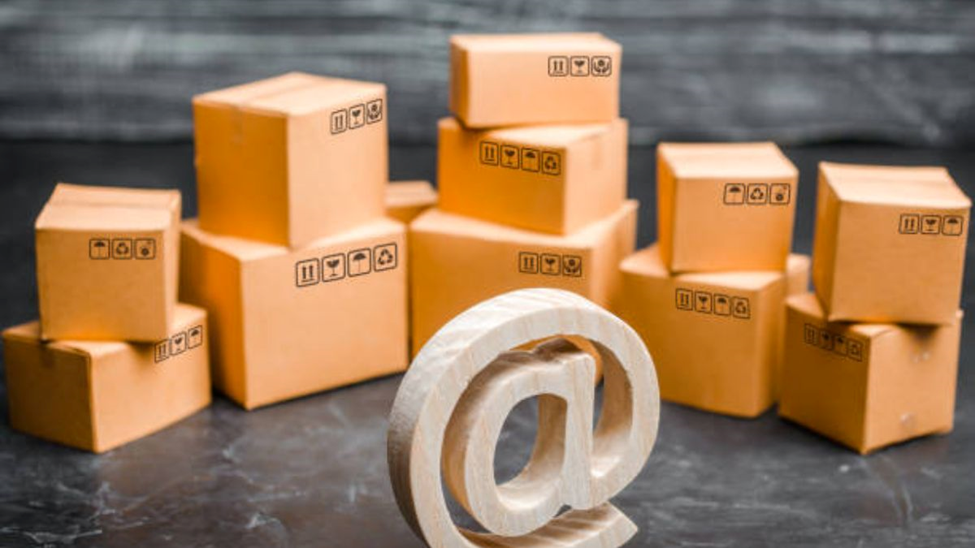When it comes to shipping and storing goods, heat treated packaging is often surrounded by myths and misconceptions. From concerns about the strength of the wood to beliefs about its susceptibility to rot, there are many misunderstandings that can influence decisions. Let’s debunk some of the most common myths about heat processed packaging and shed light on the truth.
Heat Treatment and Wood Strength: Separating Fact from Fiction
A prevalent myth about heat treated packaging is that the process weakens the wood. This misconception likely arises from a misunderstanding of what heat treatment involves. Heat treatment is a method used to eliminate pests and pathogens from wood by heating it to a specific temperature for a certain period. This process does not weaken the wood; instead, it can actually enhance its properties.
Key Points:
- Moisture Reduction: Heat treatment reduces the wood’s moisture content, making it more stable.
- Explanation: Lower moisture content minimizes the chances of warping and cracking, which are common issues in untreated wood.
- Increased Stability: This stability makes the wood less prone to warping or cracking.
- Explanation: Stable wood ensures that the structural integrity of packaging remains intact during transit, offering better protection for the goods.
- Structural Integrity: Studies show that heat treated wood retains its strength and can resist mechanical forces better than untreated wood.
- Explanation: Enhanced resistance to mechanical forces means that heat treated wood is less likely to break or deform under pressure.
Understanding the true impact of heat treatment on wood strength is crucial, but what about its resistance to decay and rot? Let’s delve into another common misconception.
Heat Treated Wood and Rot Resistance: The Real Story
Another common myth is that heat treated wood is more susceptible to rot and decay. The truth is quite the opposite. Heat treatment not only eliminates pests but also reduces the wood’s moisture content, which is a key factor in preventing rot. Wood decay fungi thrive in moist environments, so by lowering the moisture content, heat treated wood becomes less hospitable to these fungi.
Benefits of Heat Treated Wood:
- Moisture Content: Reduced moisture content helps prevent rot.
- Explanation: Dry wood is less likely to support fungal growth, which is the primary cause of wood decay.
- Chemical Composition: Heat treatment alters the wood’s chemical makeup, making it less attractive to decay-causing organisms.
- Explanation: The changes in chemical composition create an inhospitable environment for pests and fungi, further enhancing durability.
- Durability: Enhanced resistance to biological threats leads to longer-lasting wood.
- Explanation: Long-lasting wood ensures that packaging materials can be reused multiple times, providing better value over time.
With the enhanced durability and rot resistance clarified, let’s explore another misconception: the belief that heat processed packaging is solely for export purposes.
Domestic Uses of Heat Treated Packaging: Beyond Export Regulations
Many people believe that heat treated packaging is only necessary for export purposes, particularly because international shipping regulations often require it to prevent the spread of invasive species. However, heat treated wood has many applications beyond export packaging.
Domestic Uses Include:
- Pallets and Crates: Ideal for various shipping containers.
- Explanation: Heat treated pallets and crates offer reliable performance and protection for domestic shipping, ensuring goods reach their destination safely.
- Agriculture and Construction: Suitable for environments where durability and pest resistance are crucial.
- Explanation: In agricultural settings, heat treated wood can be used for storage bins and fencing, while in construction, it serves well for scaffolding and temporary structures.
- Eco-Friendly Option: Reduces reliance on chemical treatments, benefiting the environment.
- Explanation: By choosing heat treated wood, companies contribute to sustainable practices and reduce their environmental footprint.
The versatility of heat treated wood extends beyond international borders, but what about the costs involved? Let’s address the financial aspect and debunk the cost myths.
Cost Considerations: The Real Economics of Heat Treated Wood
One of the most persistent myths about heat treated packaging is that it is significantly more expensive than untreated wood. While it is true that the heat treatment process adds some cost, the difference is often overstated. In fact, when considering the long-term benefits and potential savings, heat treated wood can be a cost-effective choice.
Economic Advantages:
- Longevity: Increased durability means a longer lifespan, reducing the frequency of replacements.
- Explanation: The extended lifespan of heat treated wood reduces the need for frequent replacements, leading to significant cost savings over time.
- Reduced Risk: Stable wood can lower the risk of damage to shipped goods, potentially reducing insurance costs.
- Explanation: Fewer damaged goods translate to lower insurance premiums and fewer losses during transit.
- Market Trends: Growing demand for sustainable products leads to competitive pricing for heat treated wood.
- Explanation: As the market for eco-friendly options expands, prices for heat treated wood become more competitive, making it a viable choice for many businesses.
With a clear understanding of the cost benefits, it becomes evident that heat treated packaging offers numerous advantages beyond its initial price point.
Final Thoughts: The True Value of Heat Treated Packaging
Dispelling myths about heat-sanitized packaging is essential for making informed decisions about shipping and storage solutions. Heat treatment does not weaken wood; it can actually enhance its strength and stability. Far from being more susceptible to rot, heat treated wood is more resistant to decay and pests. Its use is not limited to export packaging, as it offers numerous benefits for domestic applications as well. Finally, while heat treated wood may have a slightly higher upfront cost, its long-term durability and potential savings make it a cost-effective option.
By understanding the true benefits of heat treated packaging, businesses can choose the best materials for their needs, ensuring the safe and efficient transport of goods while also considering environmental and economic factors. This knowledge empowers businesses to make choices that are not only cost-effective but also environmentally responsible and reliable.
